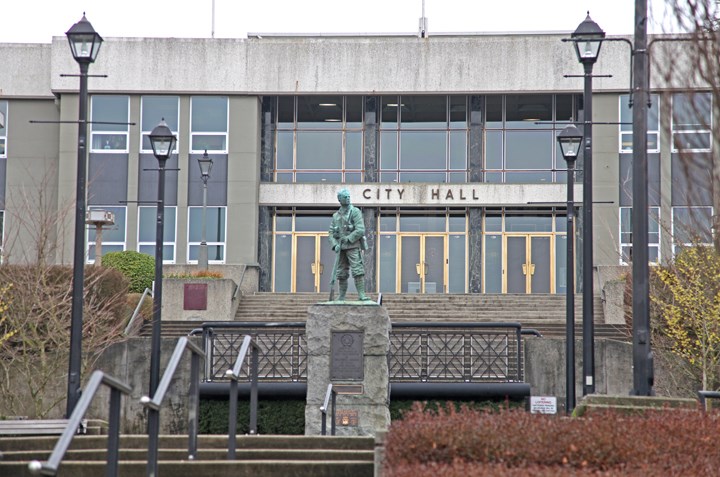The City of New Westminster has narrowed down the location of a proposed Sapperton District Energy facility, but has yet to determine whether wood or sewage will be used to generate energy.
The city is exploring district energy as a way of reducing greenhouse gas emissions by introducing renewable sources of heating for buildings and as being a long-range investment in sustainable infrastructure. The types of renewable energy sources being studied for the facility are sewer heat recovery and wood chip combustion.
Mark Allison, the city’s manager of strategic initiatives and sustainability, said a city-owned site at 435 Canfor Ave. in the Braid industrial area would be most appropriate site for a facility, if it moves forward. A “satellite energy centre” would be located at Royal Columbian Hospital when it is redeveloped.
“We will have a pipe up to the property line,” he said. “They will take our energy from that.”
A staff report states that Fraser Health has decided it doesn’t want to include an energy plant for on-site sewage heat recovery in its redevelopment plans for Royal Columbian Hospital, but is interested in switching the hospital to a low-carbon thermal energy source when the off-site renewable energy plan is forecast to come online in 2019/2020.
Sapperton has been deemed to be a good place to pursue a district energy system because of upcoming projects such as future development at Royal Columbian Hospital, the Brewery District and Sapperton Green.
The city has yet to determine whether the energy would be generated by burning wood chips to produce hot water heating, or a sewage heat recovery system where effluent is diverted to a facility where energy is extracted using heat pumps and flow is returned to the sewer mainline.
Since presenting council with preliminary analysis about the plan in November 2013, financial and air quality studies have been done, the city has learned more about the redevelopment plans for Royal Columbian Hospital and a location for a proposed district energy facility has been determined.
A study by Levelton Consultants Ltd. determined that sewage heat recovery results in lower air emissions than wood chip heating, but both would result in significant reductions to greenhouse gas emissions than the existing “business-as-usual” heating methods.
The city is holding an open house on Thursday, June 19 to provided findings from an air quality study that’s been done and the latest information about the redevelopment plans for Royal Columbian Hospital. The meeting will be held at Knox Presbyterian Church, 403 East Columbia St., from 6 to 8 p.m.
A staff report states that a district energy system in Sapperton would help the city achieve its greenhouse gas emission targets, diversify the city’s electrical utility revenue source and support the redevelopment of Royal Columbian Hospital by helping the Fraser Health Authority to achieve its provincially mandated requirement to become carbon neutral in its operation.



